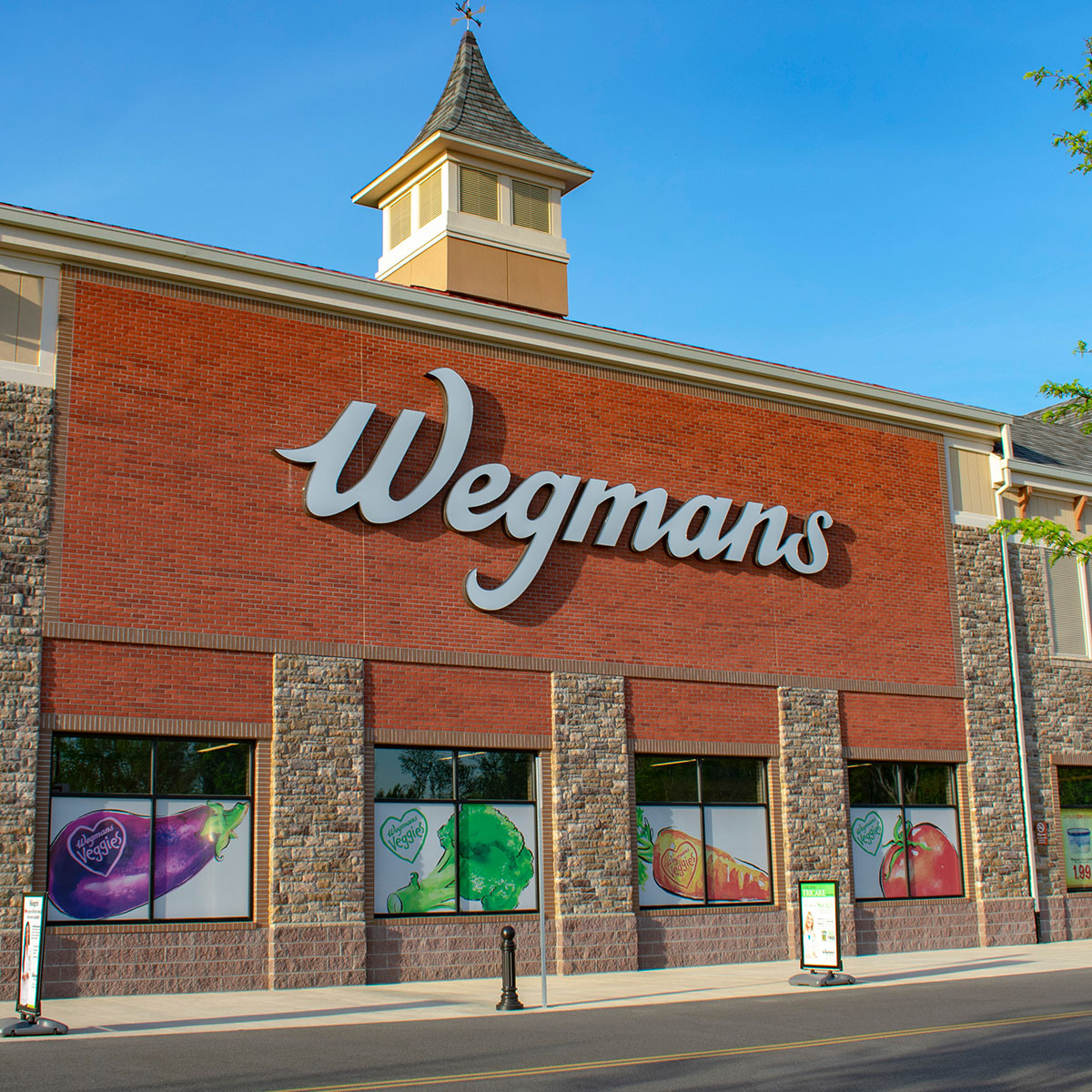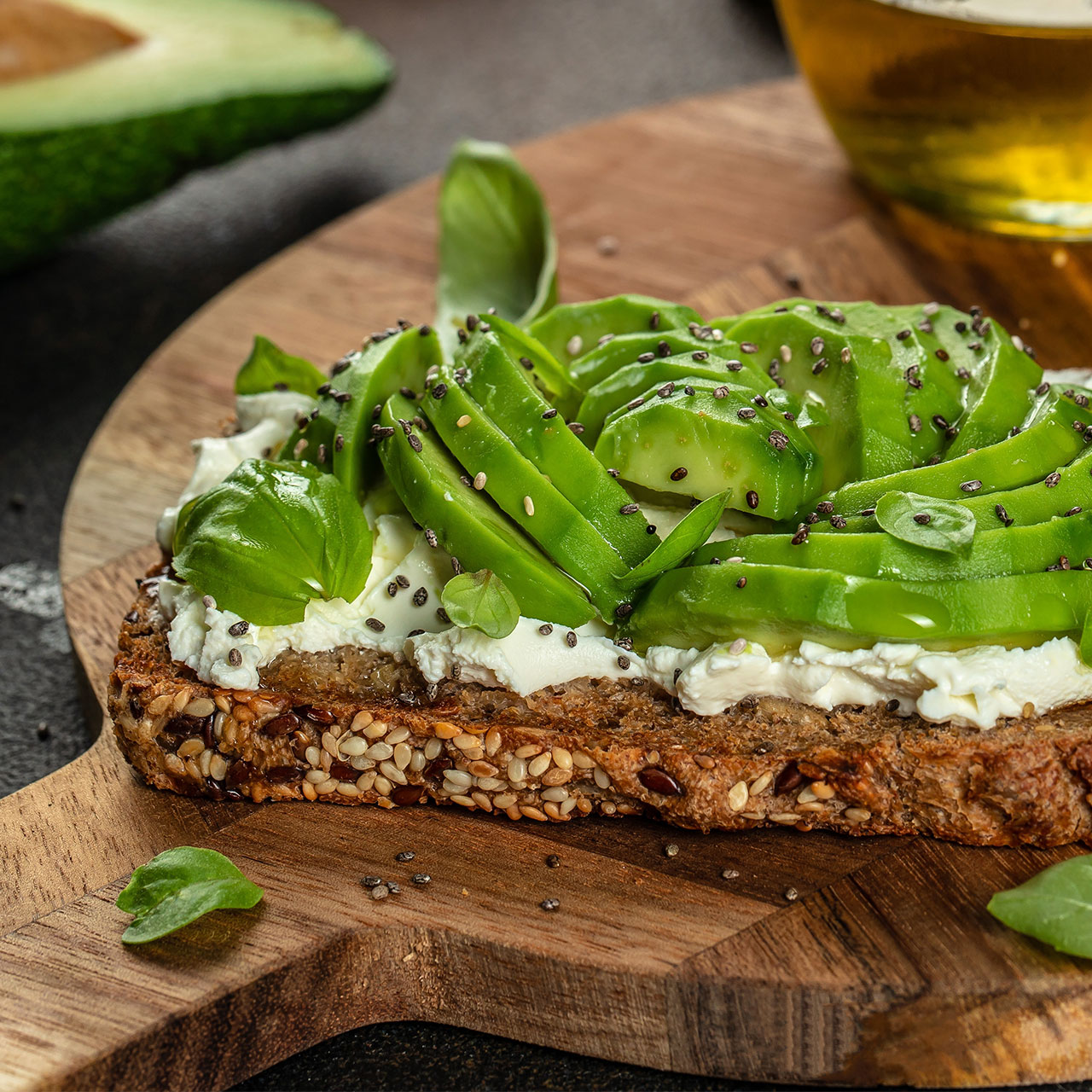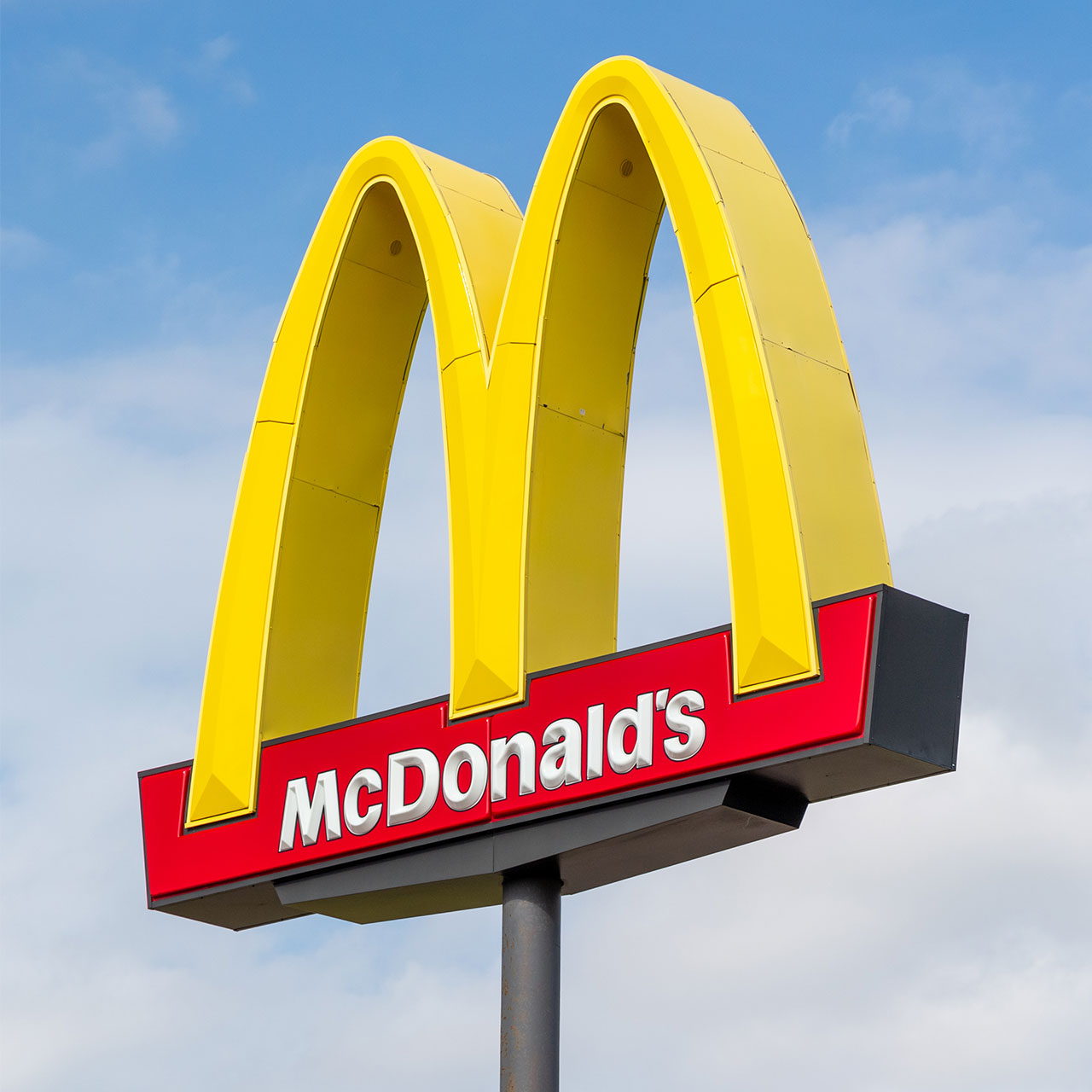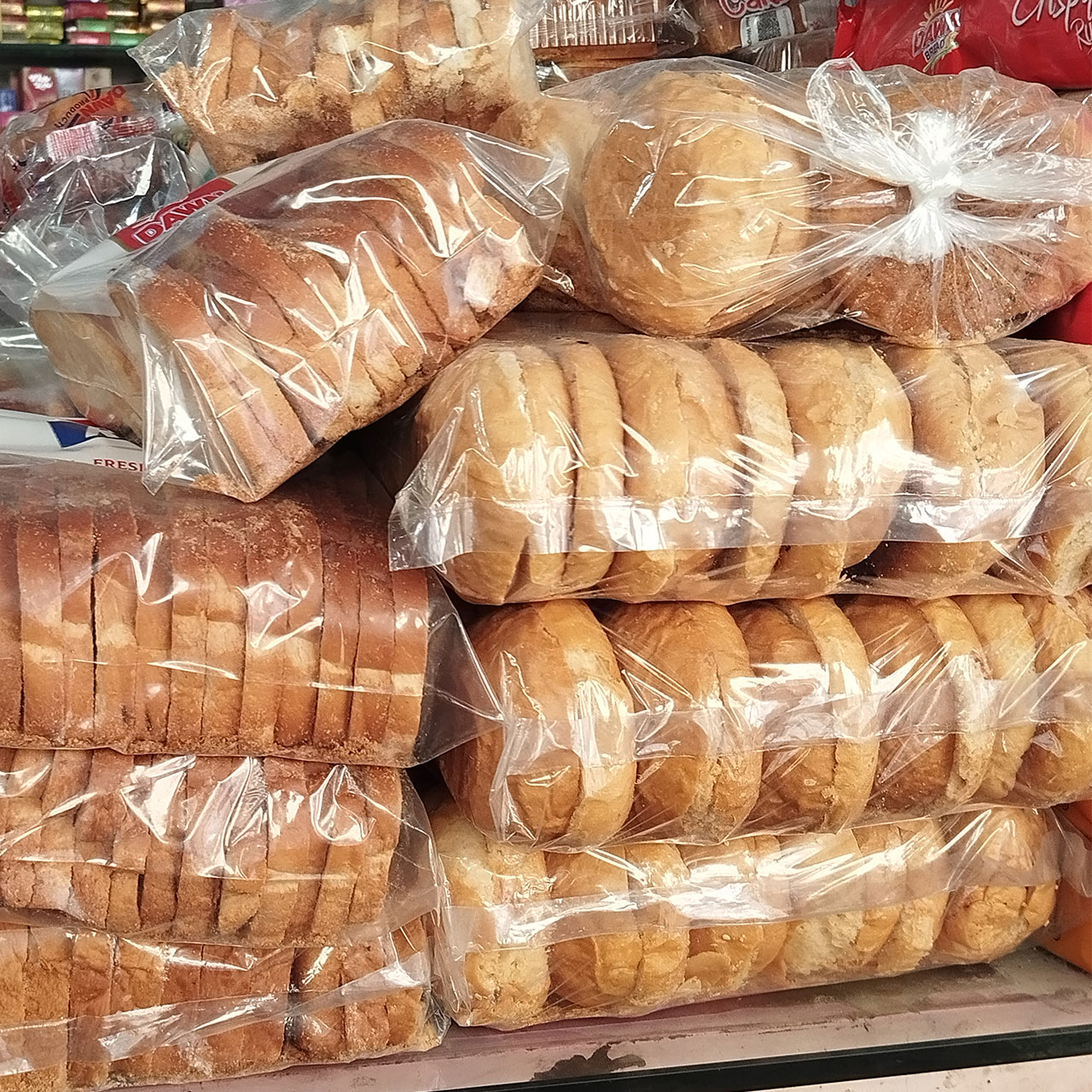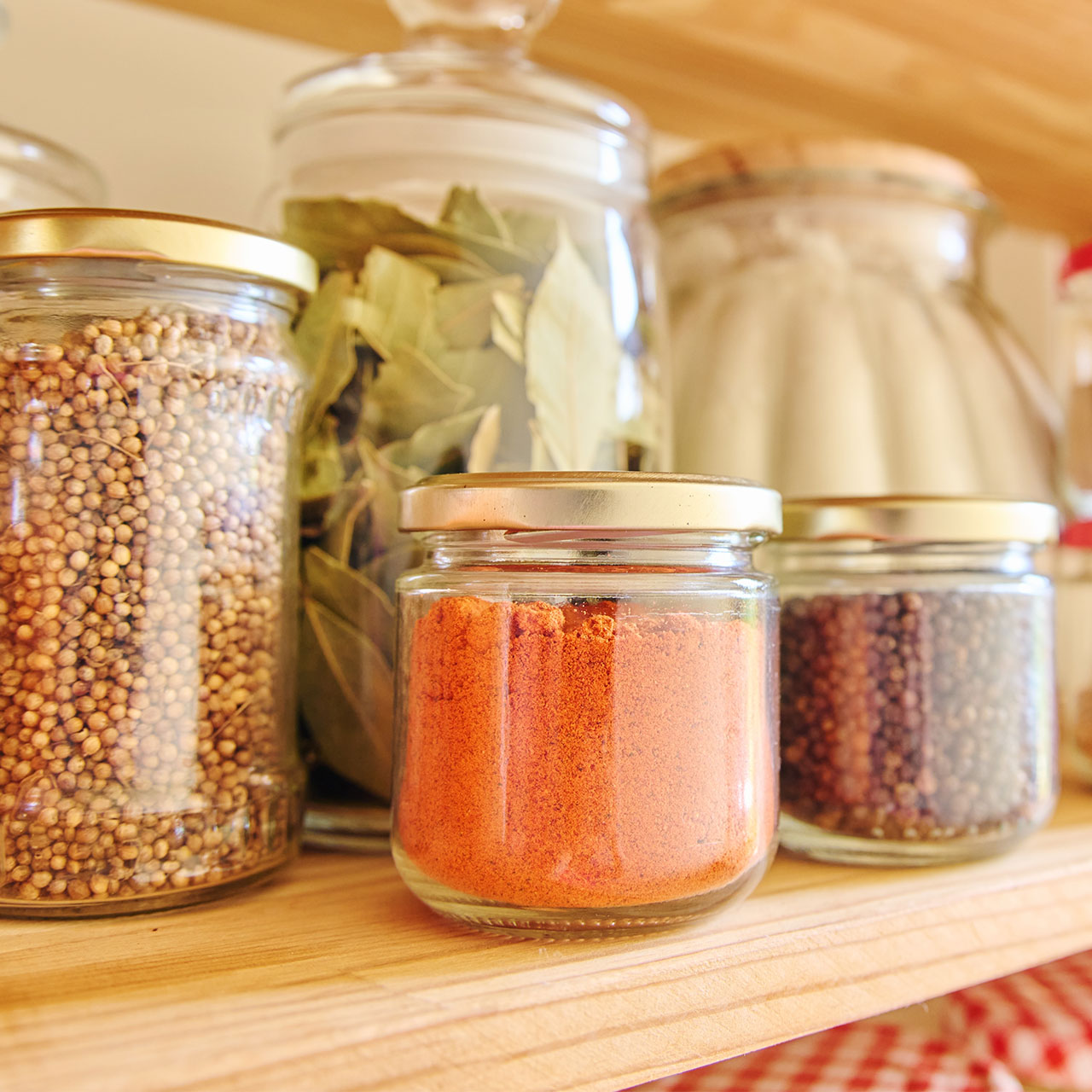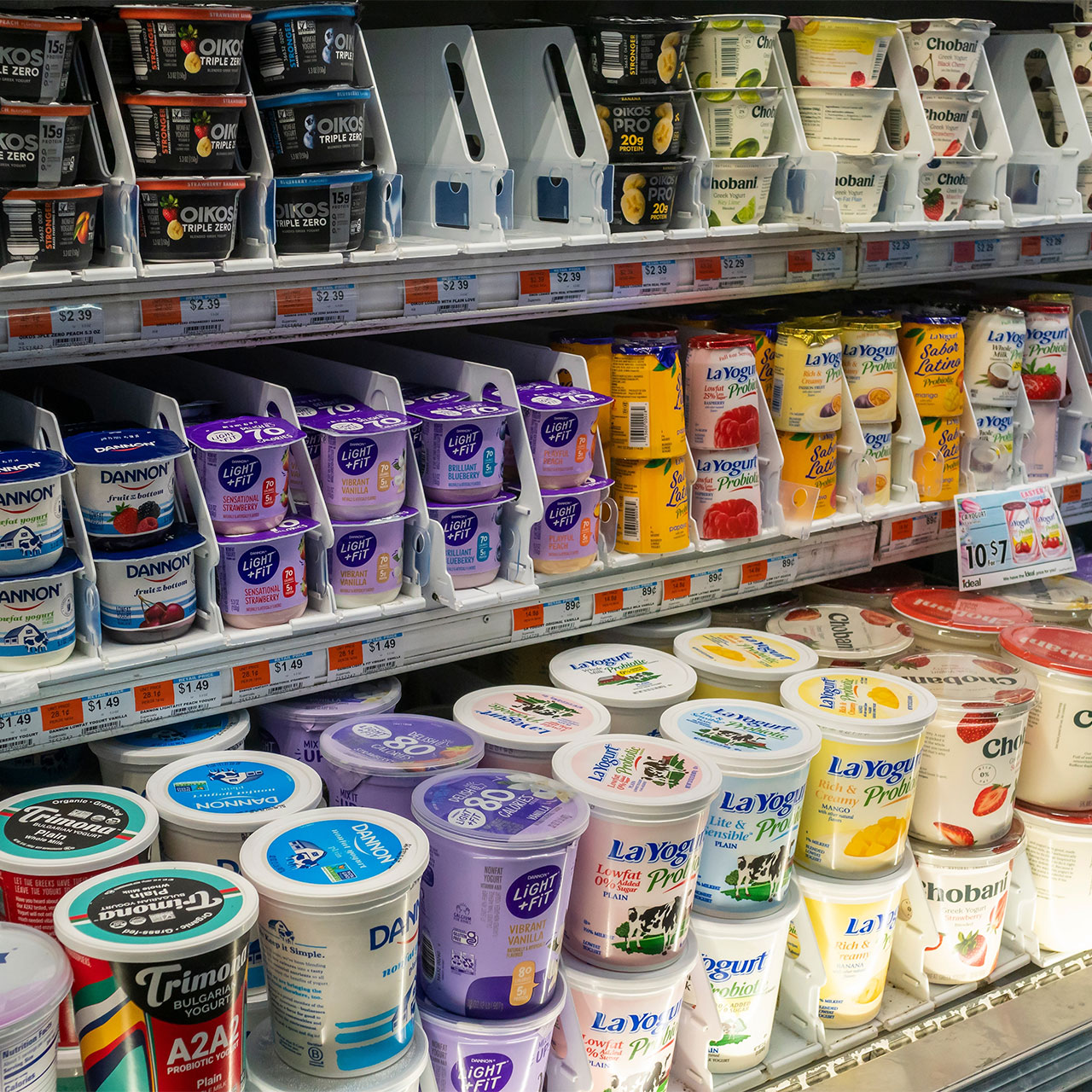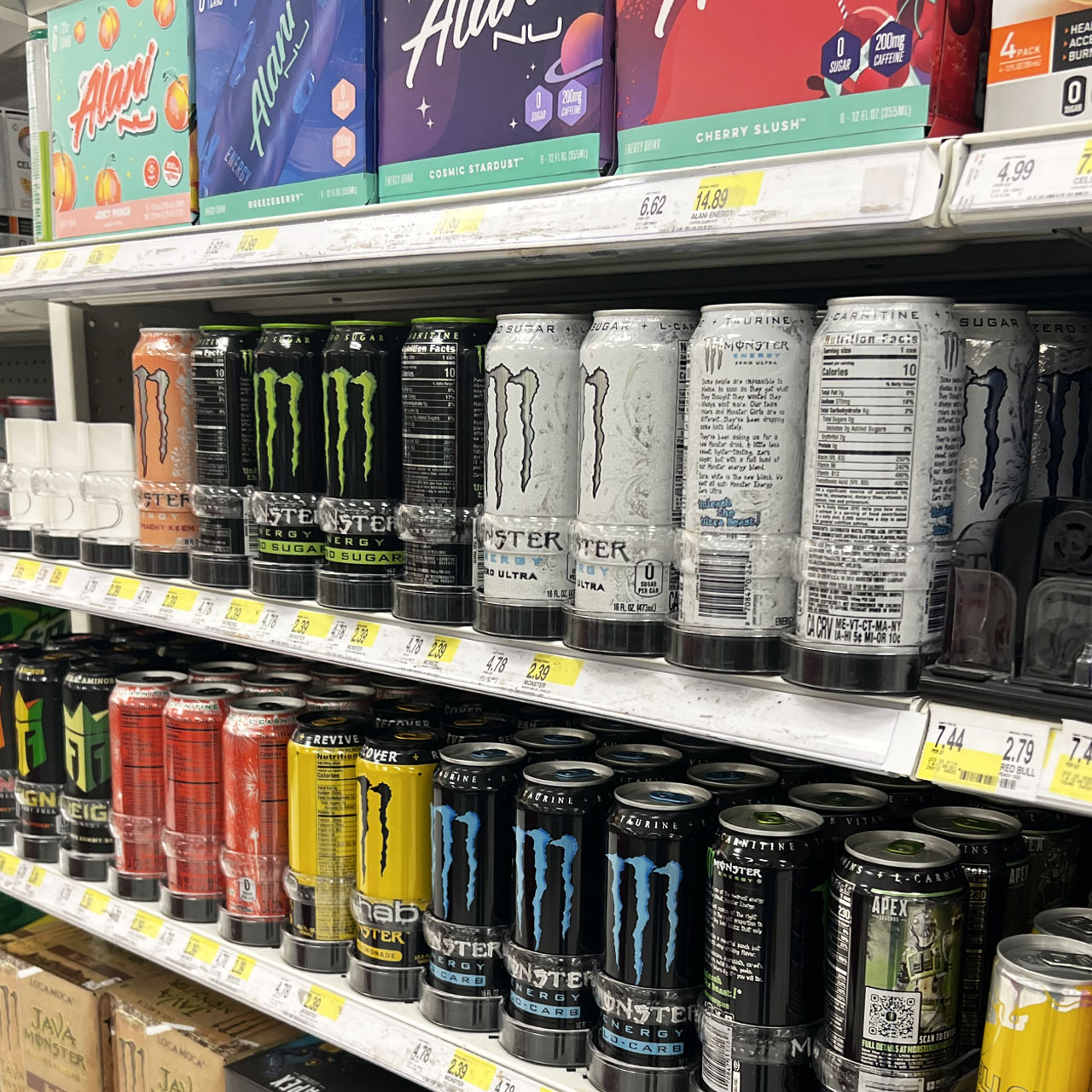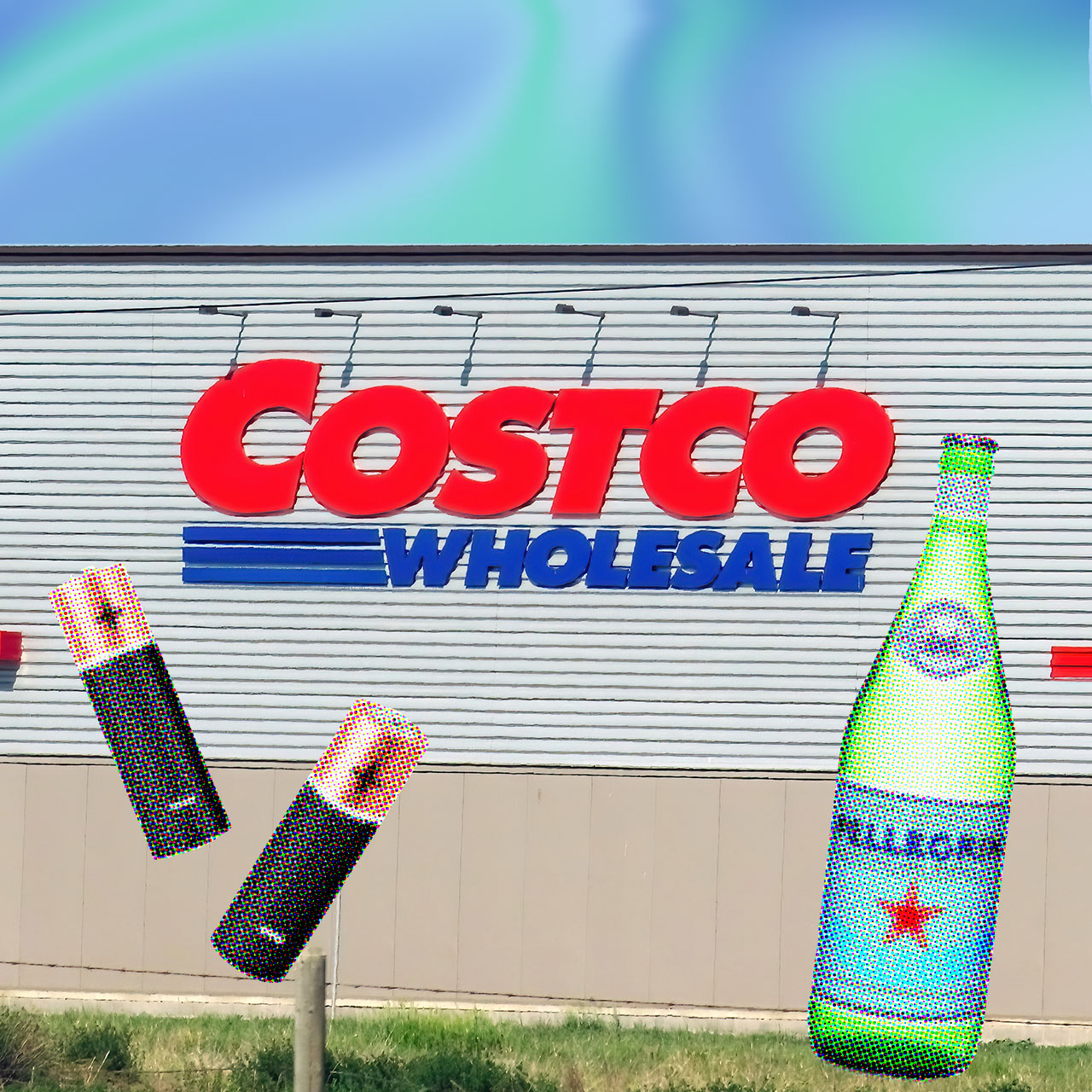This article has been updated since its initial publish date to include new shortages, including Wegmans WPOP
As we finish out the year, it’s always good to be aware of certain food shortages. We rounded up 15 common grocery store items that might be more difficult to find in your local supermarket than others this year, so that you can stock up on them now.
Here’s what we know about potential future shortages:
FOOD FEARS: The worst is yet to come, the farm worker says. https://t.co/QZRGDl2QlO pic.twitter.com/3SbmKl64gl
— Fox News (@FoxNews) December 27, 2022
1. Bread
As reported by Mashed, with the continuation of Russia’s war in Ukraine (GOBankingRates notes that these countries account for nearly 20% of global cereal grain production), “many bakeries and factories may struggle to obtain the necessary ingredients to make bread, leading to a potential shortage in 2023.”
An August 2022 McKinsey report also indicated that 2023 might be worse, as it estimated that crop production in Ukraine will decline by “35% to 45%” in the next harvesting season, which began in July.

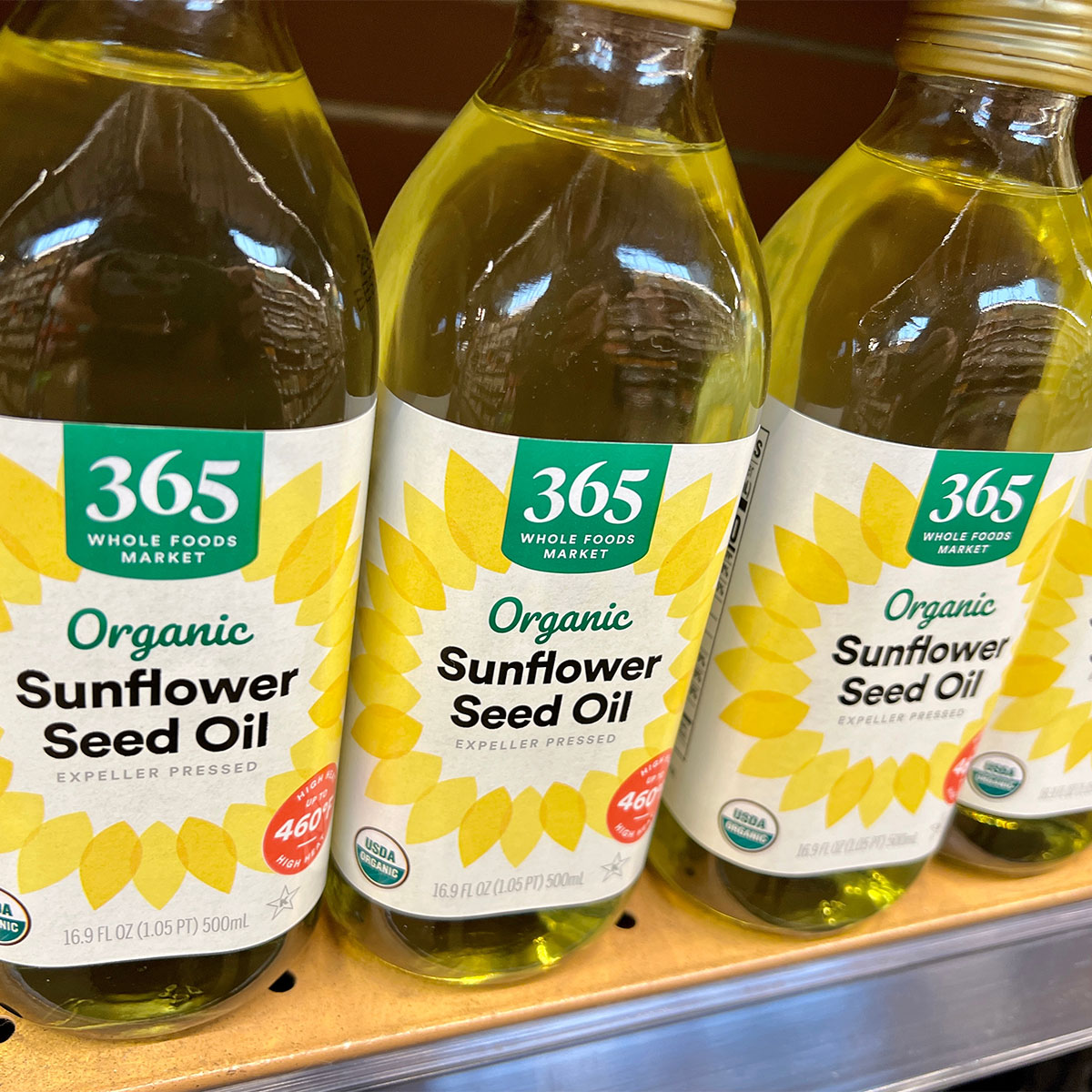
2. Sunflower & Palm Oil
According to the Brookings Institution, in 2020, 52% of globally traded sunflower seed and oil came from Ukraine. "Currently, edible-oil supply chains are disrupted and edible-oil prices increased even higher than cereals prices," the research group added.
Making this issue even more complicated, Mashed also reported that there is a simultaneous palm oil shortage in Indonesia. "Since Indonesia is the world’s leading producer of palm oil, any ongoing supply issues only compound the potential problem of vegetable oil availability in 2023," the outlet wrote.

3. Champagne
As Mashed also recently pointed out, climate change greatly impacted the production of champagne, meaning it might not be as easily accessible in the next year.
The publication wrote that "a rash of extreme weather that year [2021] resulted in a devastating number of crops growing fungus, leading to a smaller than average crop yield."
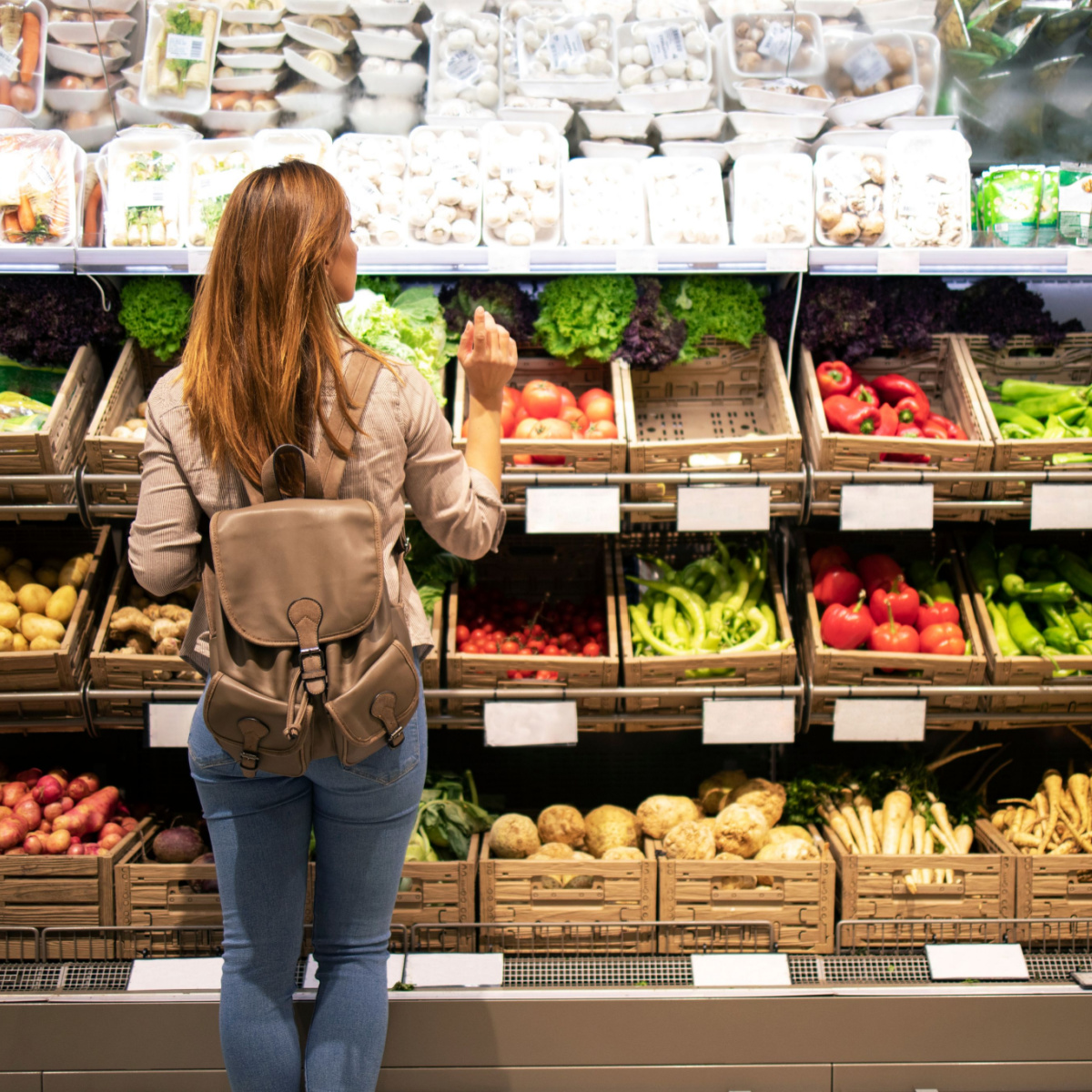
4. Beers, Canned Food & Pet Food
A notable aluminum shortage— which began in 2020 and affects beers, canned food and also pet food— is still happening, as reported by ClickOrlando. The television station also recently indicated that "labor shortages, the pandemic, the ongoing supply chain crisis and increased demand" are all to blame.
"As far as the aluminum shortage ending, experts are hesitant with predictions," company Vincent Metals suggested. "However, most agree the earliest expected end would be sometime in 2023. As the nation moves back towards normalcy, aluminum purchasing could subside and have uncertain impacts on the supply chain. In the meantime, additional production plants are being constructed to keep up with the high demand and current shortage."
In addition to the aluminum shortage, droughts could be affecting beer production by impacting crop yields. Carbon dioxide, which causes the bubbles in beer, is also lacking. This is due to the fact that dry ice was in high demand when COVID-19 vaccines were being shipped, as well as the fact that a major carbon monoxide production facility was contaminated by a volcano in 2022, Riveria Produce reports. Ultimately, this could all be bad news for beer drinkers.
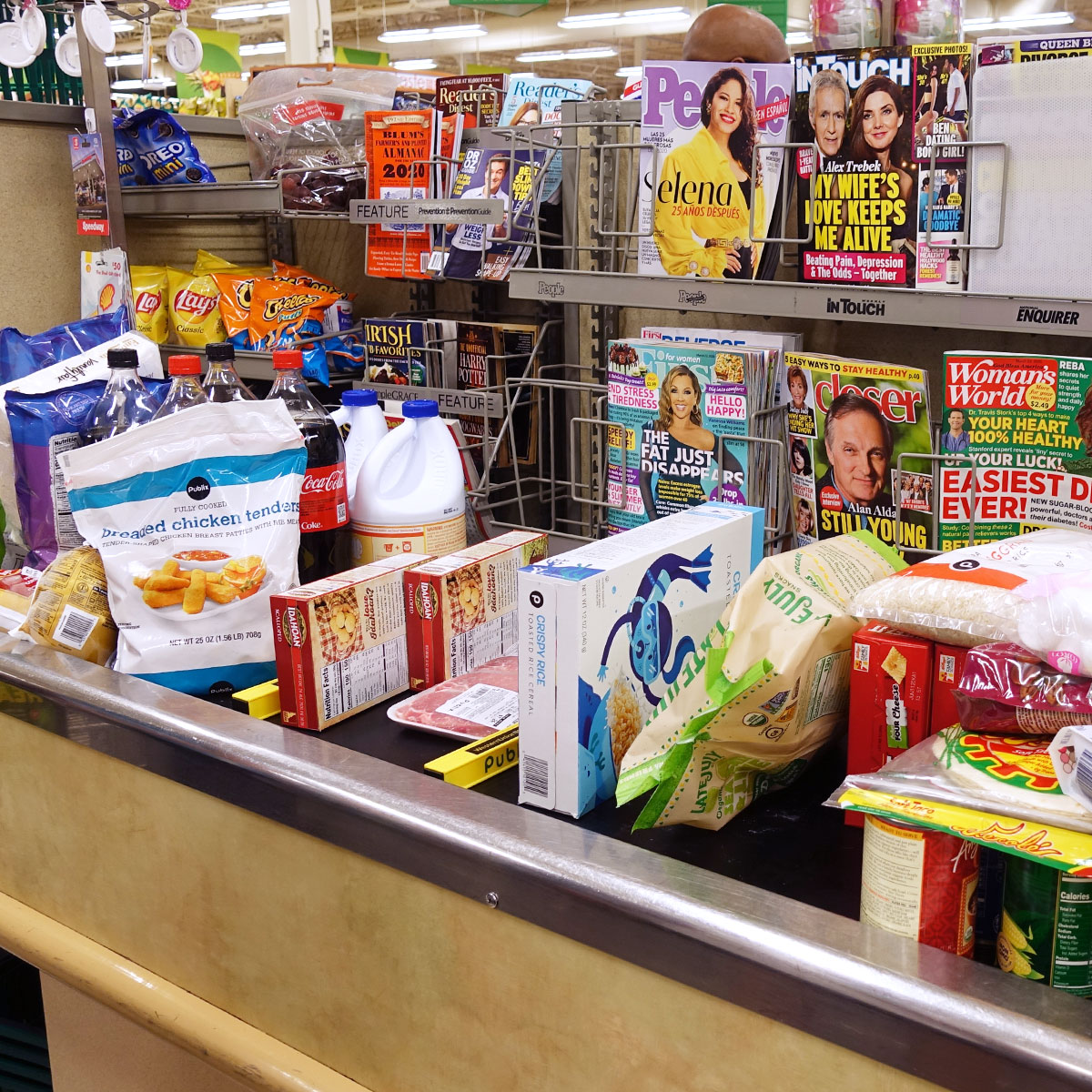
5. Lettuce
In November of 2022, as reported by the Consumer Price Index, the price of lettuce went up nearly 20% compared to 2021. Many customers' current difficulty finding lettuce in grocery stores, Eat This, Not That reports, has been "sparked by an unforgiving disease called impatiens necrotic spot virus (INSV), which is carried by insects and often results in the death of the affected plant."
The disease, the outlet added, spread "quickly across California's Salinas Valley—a major producer with nearly 50% of the country's lettuce production—and destroyed over 80% of the area's crops for 2022."
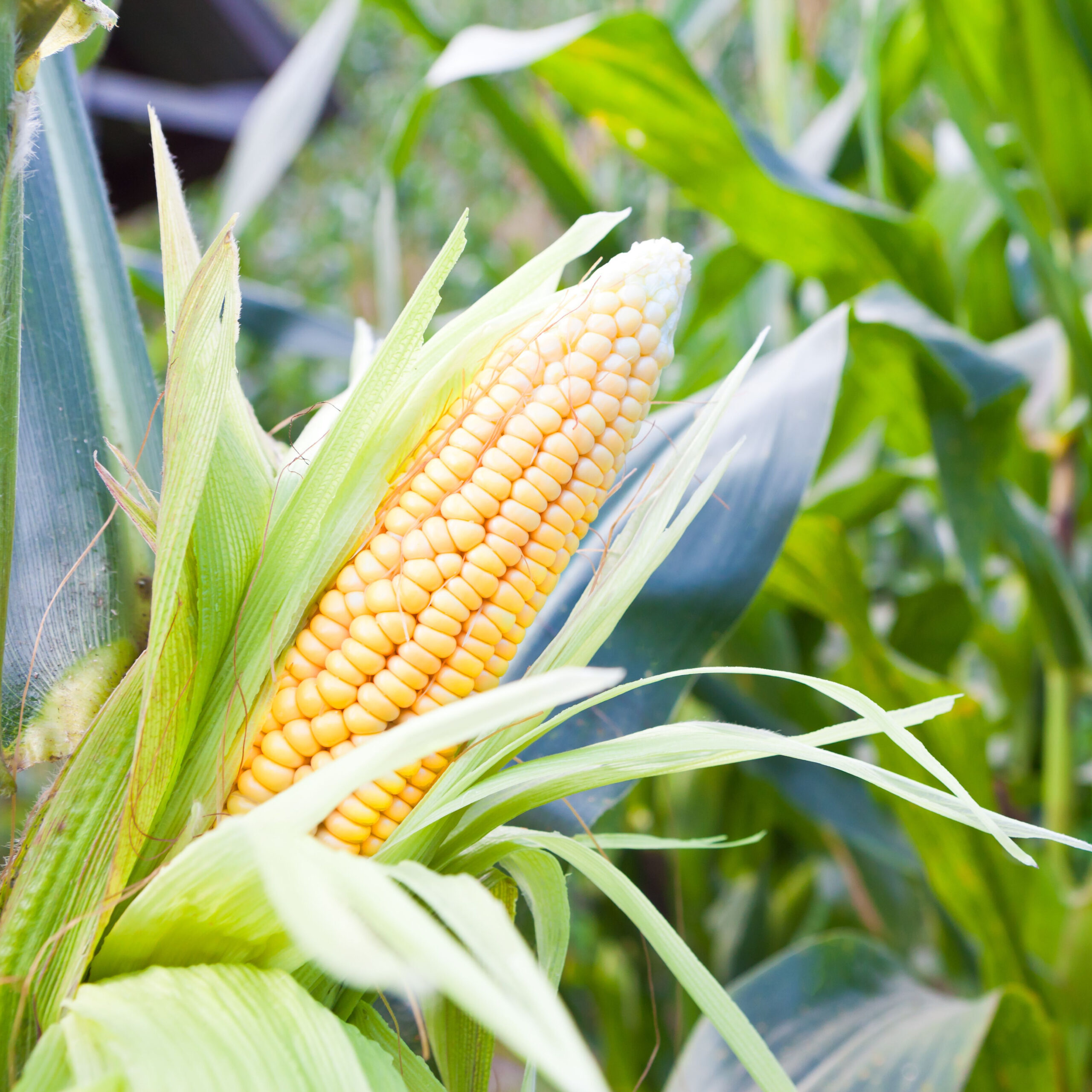
6. Corn
Another produce item that you might see less of this year is corn, as Eat This, Not That reports that "midwestern corn crops endured a brutal 2022 season full of sweltering temperatures, intense storms, and harmful pests." Around August, the publication notes, experts found "many crops to be either destroyed or unable to be harvested within the region."
States such as Illinois, Indiana, Ohio, Nebraska, and South Dakota were "showing dismal yields which trailed numbers from the year prior." While the United States is the world's largest producer of corn, "limited exports from other countries such as Brazil and Ukraine during this growing season," the site adds, haven't helped this.
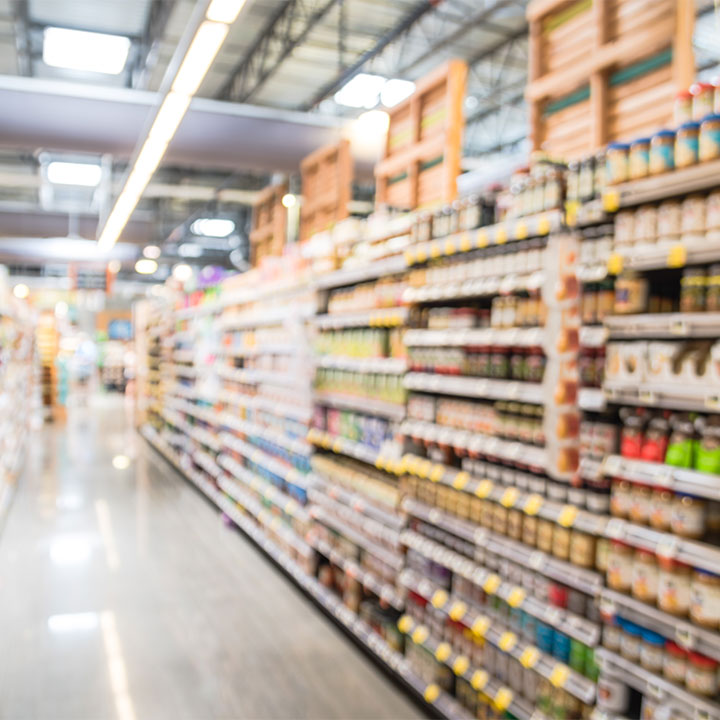
7. Oranges/ Orange Juice
Thanks to Hurricane Ian's major devastating blows in Florida back in September 2022, many orange trees were ruined from the storm. Because of this, the state's orange production is "expected to drop 51% in the 2022-2023 growing season down to just 20 million boxes of oranges," according to the U.S. Department of Agriculture, as Eat This, Not That reports. This would be the Sunshine State's lowest output since the 1936-1937 season.
A disease called "citrus greening," the publication notes, has also "run rampant through Florida's crops over the last several years." Judy Ganes, an expert in the citrus industry and President of J Ganes Consulting LLC, also said to Bloomberg, "The loss from hurricanes is mostly recoverable, but the greater issue is disease."
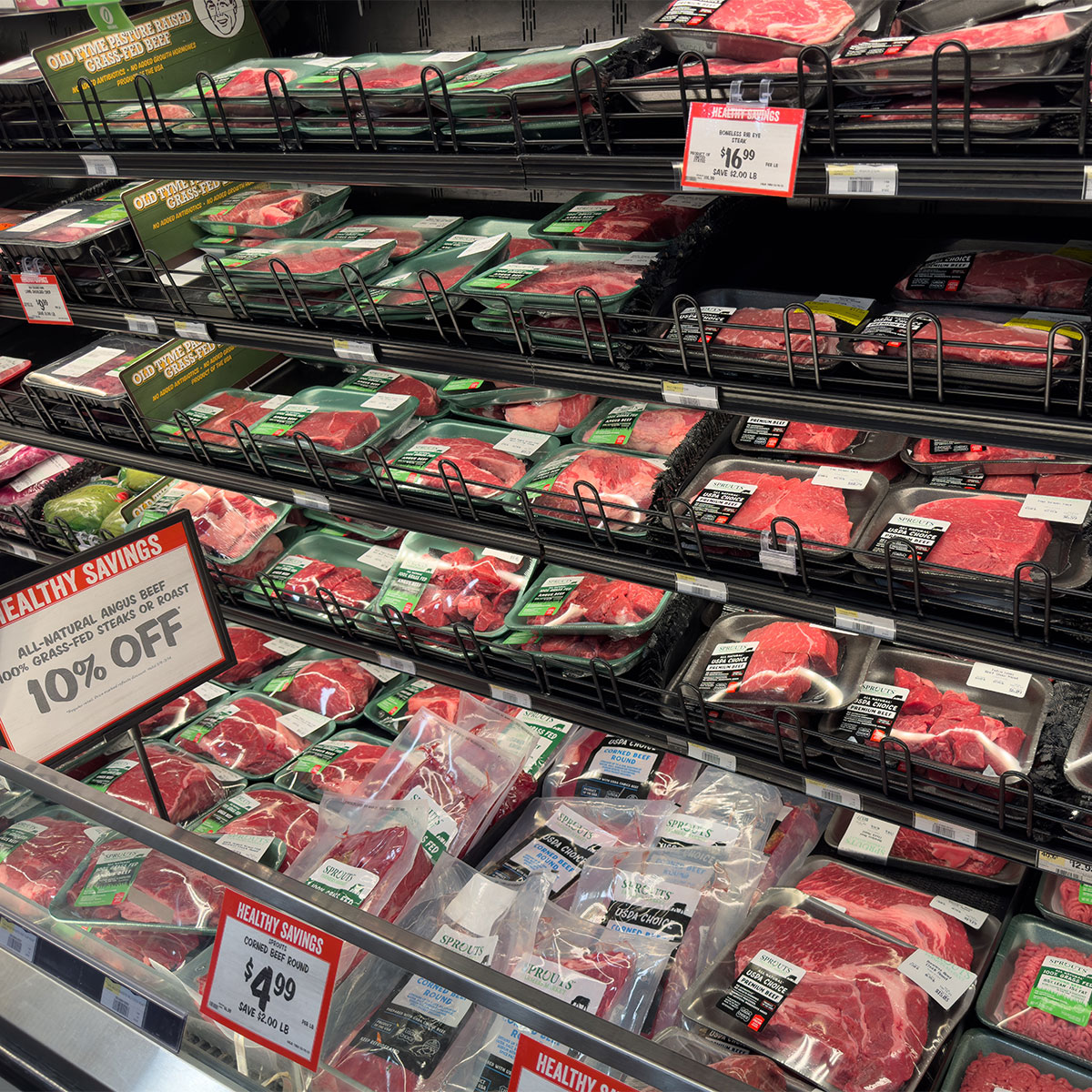
8. Beef
In 2022, many American ranchers and farmers faced "all kinds difficulties due to record-breaking weather events," Eat This, Not That reports. Texas (which is the nation's largest beef producer) experienced an extreme drought for much of the summer season. "Many ranchers were forced to sell off a sizable amount of their cattle earlier than expected, which caused slaughter levels to escalate in the second half of year," the outlet notes, adding that "as those supplies are depleted, a time of higher prices and dwindling beef availability is likely to ensue before ranchers can repopulate their herds and correct the damage that was done."
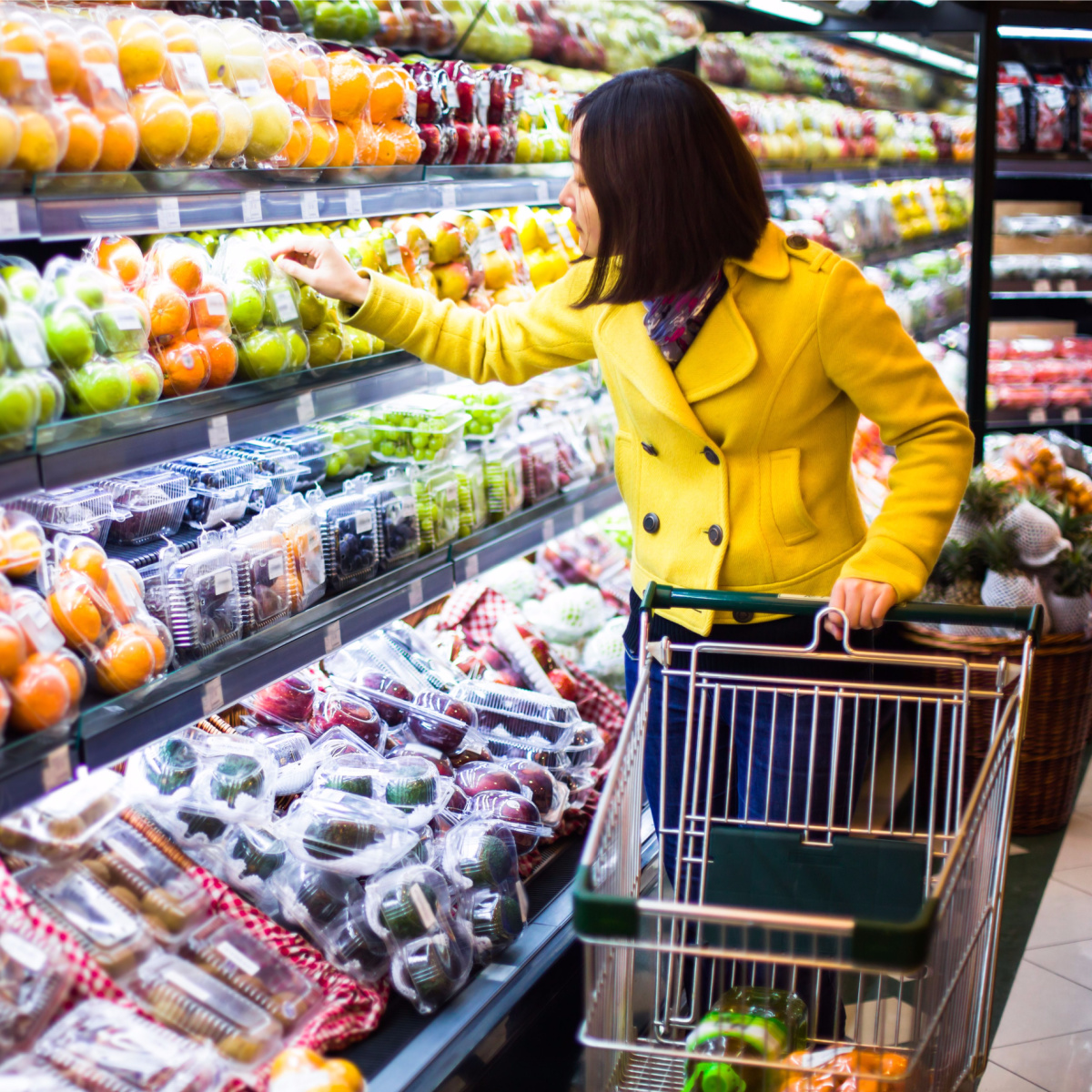
9. Olive Oil
As reported by The Daily Meal, it became evident as "early as the summer of 2022" that an olive oil shortage was "in the cards for 2023." According to Atlas Obscura, the issue was "foreshadowed in 2010," when a tree-blighting bacteria of Latin American origin called Xylella fastidiosa "surfaced and made its way to the Puglia region of Italy, where 12% of the world's olive oil supply is produced." By 2021, Xylella had "infected a solid third of the area's 60 million olive trees," making the fruit unusable before "completely killing the tree itself." The bacteria caused a 50-70% olive oil production reduction since it took hold, and "it's a problem that in all likelihood will last beyond 2023" (per Olive Oil Times). This year, according to Bloomberg, "worldwide olive oil production will drop by 11%," on account of the Puglia crisis and a "plant-hampering 2022 heat wave in Spain, another olive oil hotbed."
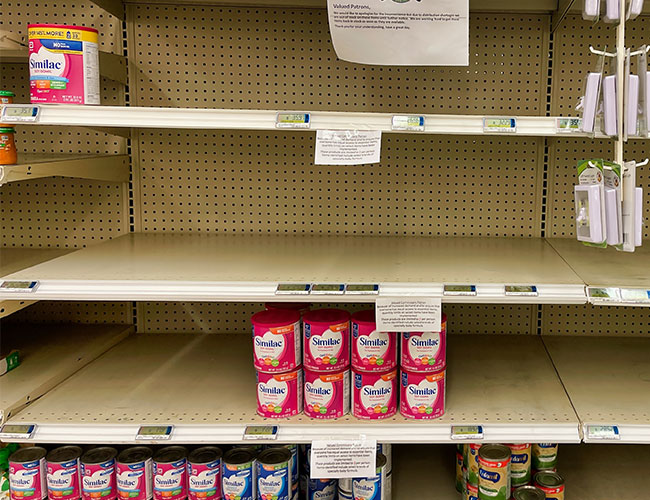
10. Infant Formula
In February of last year, Abbott, the U.S.'s largest infant formula manufacturer (The Daily Meal notes that they make Similac, Alimentum, and Elecare), temporarily stopped production and issued a massive recall when they discovered bacteria at a facility, CNBC reports. By May of 2022, a full-on shortage was happening, with "more than 40% of the usual stock unavailable," as The Daily Meal writes. "Big retailers like CVS and Target issued purchase limits, and the White House intervened with Operation Fly Formula, obtaining and quickly distributing reserves of the vital food constituting more than 13 million servings," the outlet notes.
The shortage (while thankfully not in such a critical state as it was earlier) continued through 2022, according to Reuters. "It will likely remain in effect into the middle of 2023," The Daily Meal adds, also pointing out that Reckitt Benckiser, manufacturer of formula market leader Enfamil, announced that "while many companies had increased production, it still wouldn't be enough to stabilize the market,or get stock to 2021 levels."
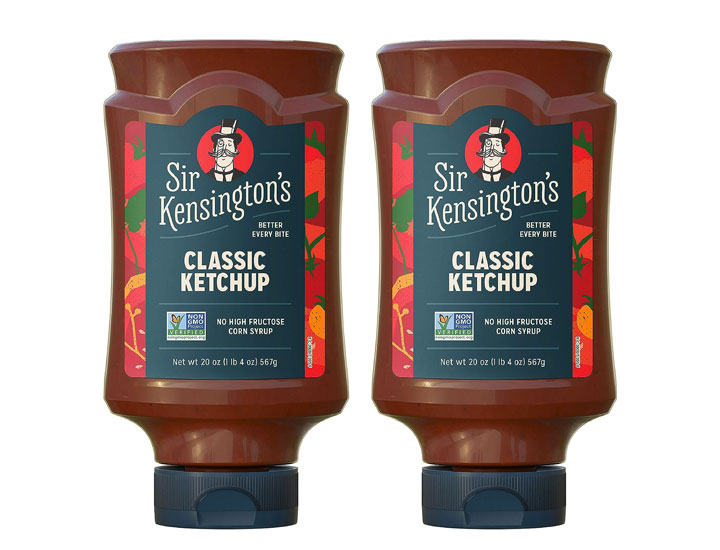
11. Sir Kensington's Ketchup
If you prefer Sir Kensington's Ketchup over varieties like Heinz and Hunt's, we have some bad news: Sir Kensington co-founder Scott Norton announced on February 21 that the brand would be discontinuing their fan-favorite ketchup after 13 years.
In the Medium post through which he announced this sad news, Norton cited issues like inflation and price pressure as part of the reason we have to say goodbye to this tasty sauce. All in all, it's just not profitable enough for the company anymore. And then there's also the fact that ketchup is no longer Sir Kensington's best-selling product; their Mayonnaise now tops the list. At the end of the day, it was Unilever's decision to discontinue Sir Kensington's Ketchup, just as they discontinued the Choco Taco last year.
While you can still get Sir Kensington's Ketchup on Amazon, and there may still be bottles on the shelves for your local grocery store for now, this will no longer be the case once supplies run out—so stock up while you can!
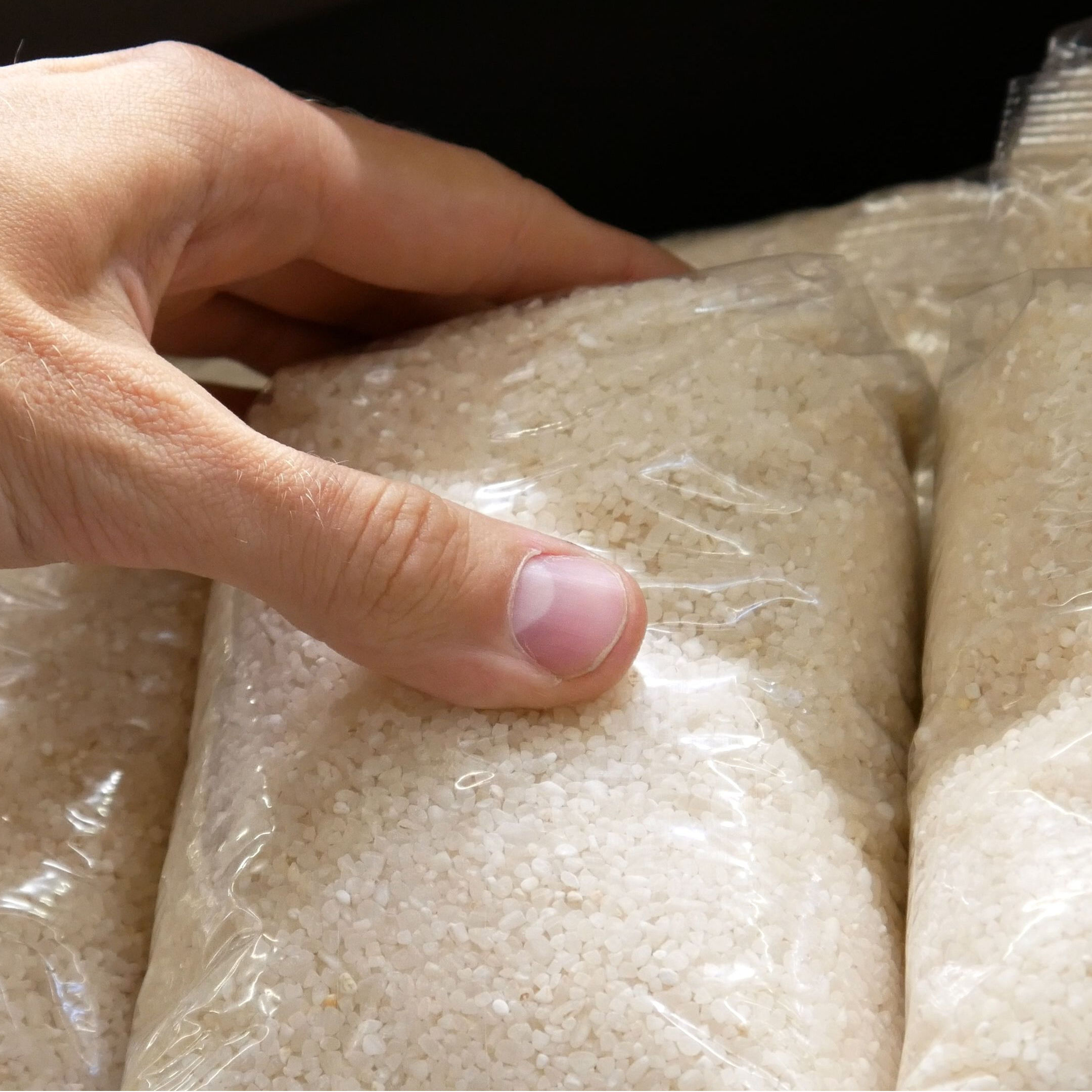
12. Rice
If you frequently enjoy cooking up a nice stir fry like we do, there may be bad news on the horizon. According to The Krazy Coupon Lady, we could have a rice shortage heading our way for the second half of 2023.
That's right: the price of rice has risen by nearly 10% since last year, so it may soon be hard to come by. Environmental factors like flooding, droughts, and heat waves have been taking a toll on the climate in places like China and Pakistan—which could really throw a wrench in their rice production. On top of this, demand for rice has risen due to the Russian invasion of Ukraine, as people are looking for alternatives to Ukranian wheat exports.
Luckily, this shortage is only predicted to last until next year.
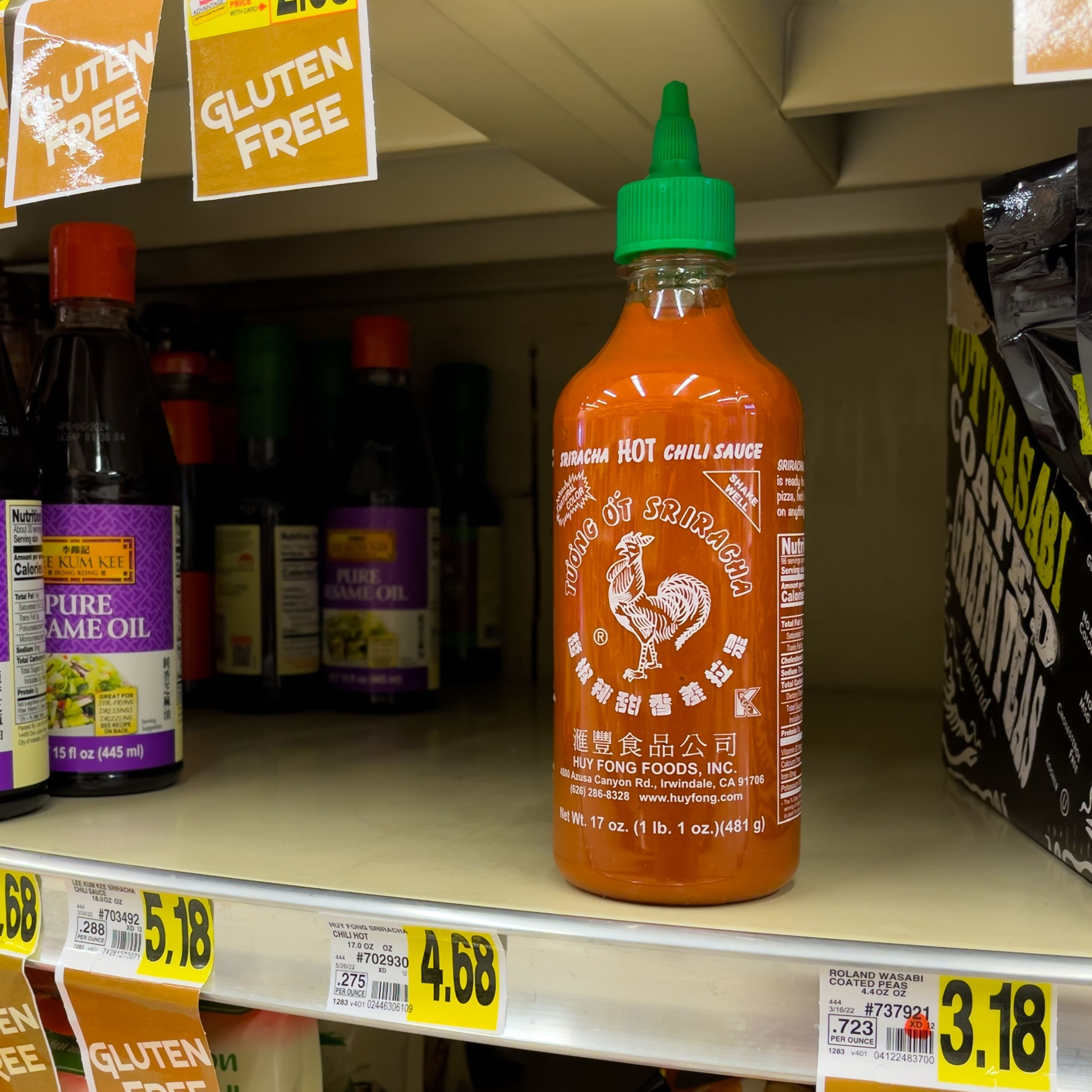
13. Sriracha
How much would you be willing to pay for your favorite condiment? According to a recent article from Fox Business, sriracha lovers may have to shell out $70 this year. You read that right: we hate to share this news, but Huy Fong Foods, Inc. is reportedly struggling to meet demand for this popular spicy ingredient due to failed chili crops. Now, prices of bottles being sold online on websites like eBay are skyrocketing.
We love sriracha, but we're certainly not going to be spending $70 on a bottle anytime soon. We'll just have to stick to some alternatives (but we'll try to stay away from these inflammatory condiments).
READ MORE: These Items Might Be Hard To Find In Grocery Stores This Season— Customers, Take Note
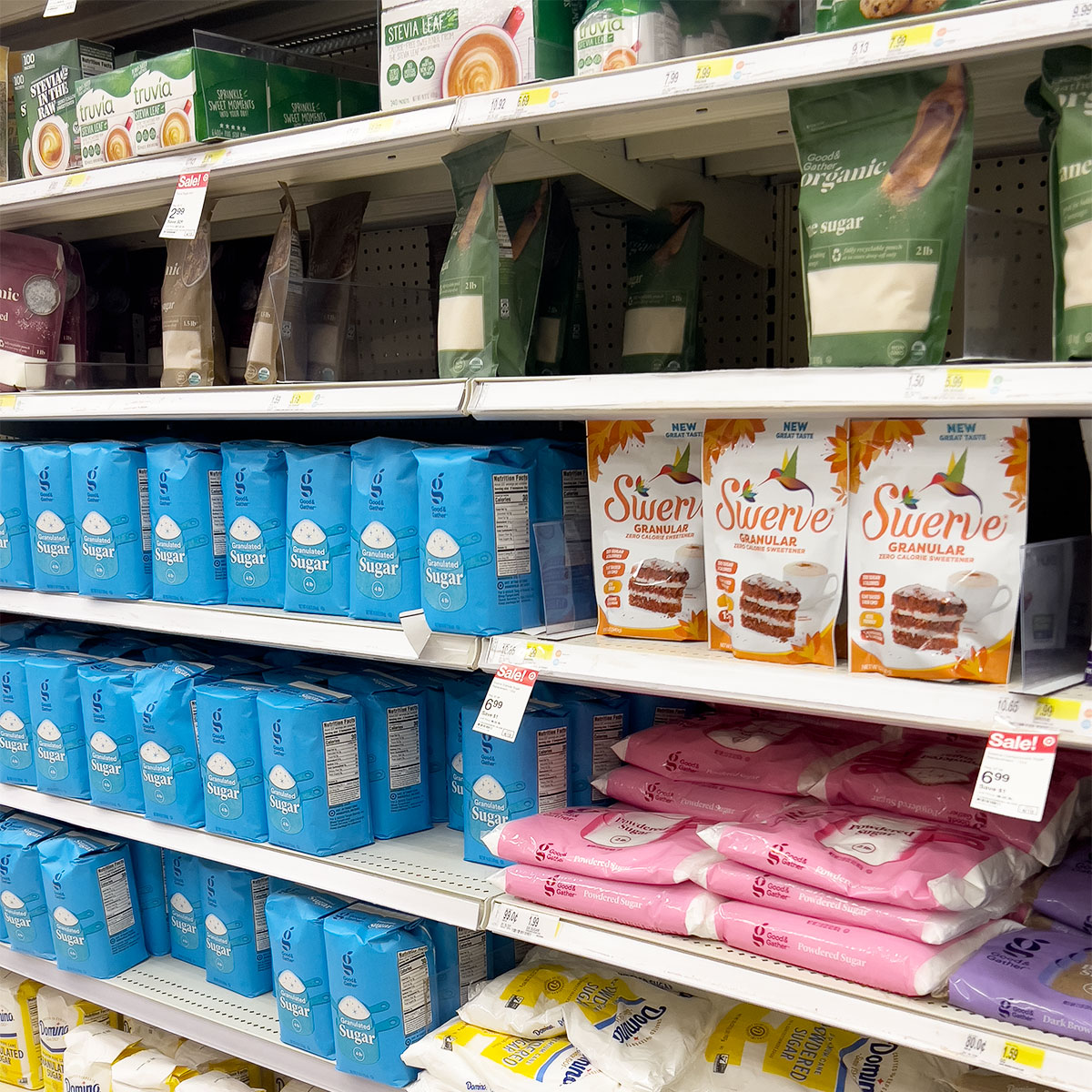
14. Sugar
Those of us with a sweet tooth may be having some bad luck this year. Business Insider reported that major sugar-producer India will not be raising its quota on sugar exports. Meanwhile, the sugar supply in Brazil, Europe, Mexico, Thailand, China, and Pakistan is low. This could result in a shortage across the globe. While it's less likely that sugar will disappear from shelves, it is likely that it will be more expensive than usual. But, hey, considering the health risks of sugar, maybe that won't be a bad thing for all of us.
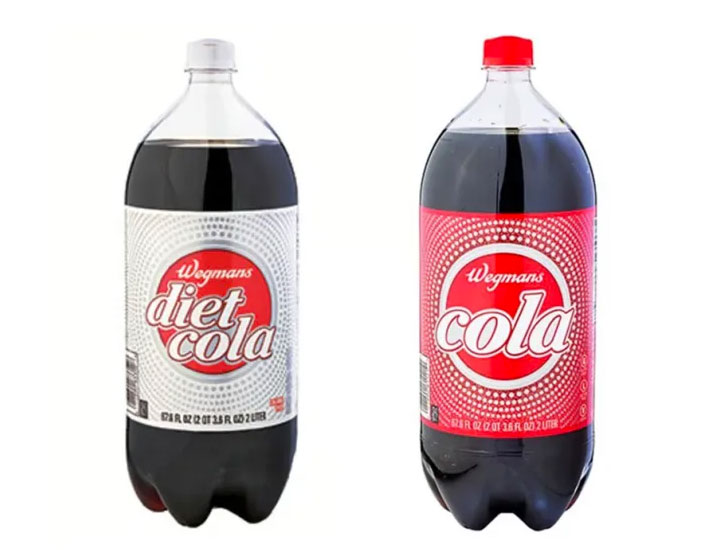
15. Wegmans WPOP
This beloved soda from Wegmans has sadly been discontinued for good. The company broke the news in August, citing the fact that this iconic soft drink contained artificial ingredients—which goes against their pledge—as the reason.
"Our 'Food You Feel Good About' banner stands for no artificial colors, flavors, or preservatives. We are discontinuing Wegmans Brand Soda because it contains artificial ingredients like aspartame and high fructose corn syrup. We are committed to our mission of helping customers live healthier, better lives through exceptional food, and we want you to feel confident in our Wegmans Brand products," they wrote, as reported by WHAM 13.
This news broke the hearts of many, but you know what they say: all good things must come to an end.





